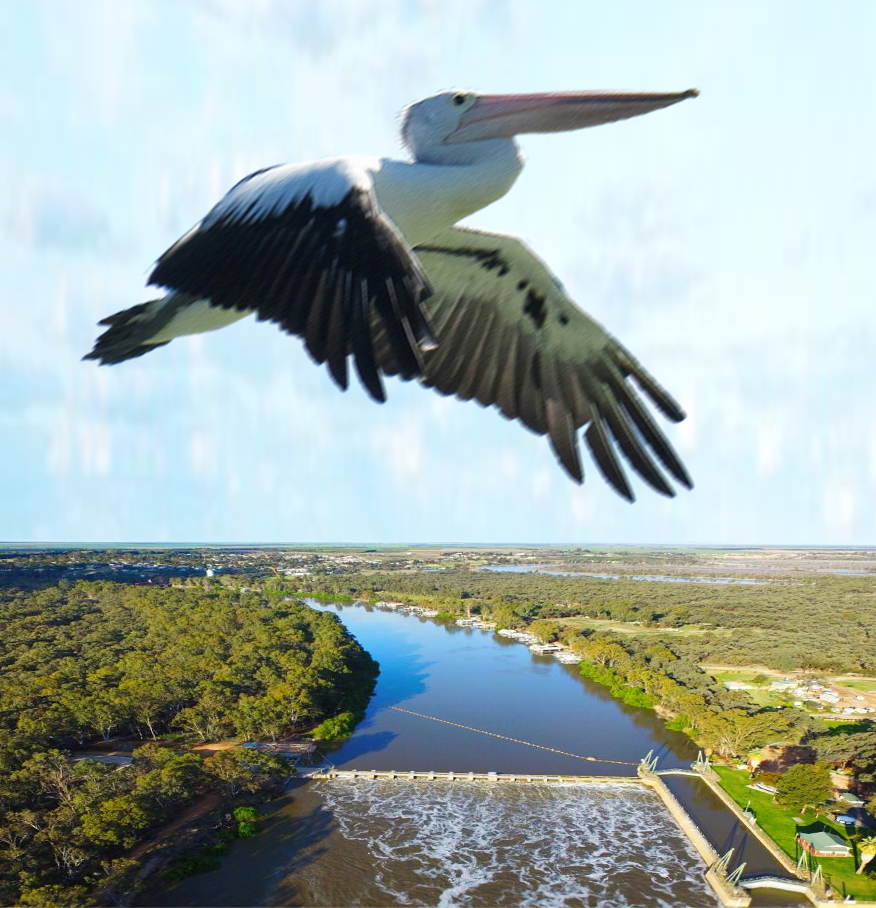Dams linked to bird exit
 A 30-year-long study of Murray-Darling Basin wetlands has revealed the impact of dams and water diversion.
A 30-year-long study of Murray-Darling Basin wetlands has revealed the impact of dams and water diversion.
The UNSW study says the infrastructure is linked to a more than 70 per cent decline in Murray-Darling Basin waterbird numbers.
It found severe degradation in the basin due to reduced water flow, which could have significant implications for managing the development of other rivers in Australia and around the world.
“Our study is the first long-term and large-scale assessment of the impacts of dams and diverting water from the rivers and wetlands of the Murray-Darling Basin,” says study lead author UNSW Professor Richard Kingsford.
“For more than 30 years we have carried out an annual aerial survey of waterbirds in an area covering almost a third of the continent. Our analysis of this unique dataset shows there has been severe degradation of the rivers and wetlands in the Murray-Darling Basin during this period.
“By comparison, we found no signs of degradation in the rivers and wetlands in the undeveloped Lake Eyre Basin,” he says.
The Murray-Darling Basin is Australia’s most developed river basin, with 240 dams that store almost 30,000 gigalitres of water. By comparison, the Lake Eyre Basin further inland, which is a similar size, is one of the country’s least developed, with only one dam holding 14 gigalitres of water.
The researchers compared trends in the numbers of waterbirds, including Australian pelicans, black swans, different duck species and shorebirds, across both basins, as well as separately in their main river systems and key wetlands.
They identified a 72 per cent decline in waterbird numbers during the 32 years between 1983 and 2014 in the Murray-Darling Basin, with declines in more than half of the species of waterbirds surveyed. By contrast, waterbird numbers in the Lake Eyre Basin did not change significantly.
The team found that river flows and waterbird numbers were closely linked, indicating reduced water flow due to dam construction and water diversion for irrigation was the primary reason for the long-term declines in waterbirds in the Murray-Darling Basin.
“By grouping waterbirds, such as plant-eating birds and fish-eating birds, we showed that the degradation affected a wide range of different plants and animals in the wetlands; declines in these waterbirds means their food levels are also falling,” says Professor Kingsford, who is Director of the UNSW Centre for Ecosystem Science.
The research team identified some impacts of duck hunting in southern Australia but these were not as strong as the effects of diverting water from the rivers of the Murray-Darling Basin.
“The key aspect of our study which gives us considerable confidence in our findings is that we were able to show that river flows and waterbird numbers were closely related, despite a range of other factors we examined, including the effect of duck hunting,” says study co-author and UNSW research fellow Dr Gilad Bino.








 Print
Print